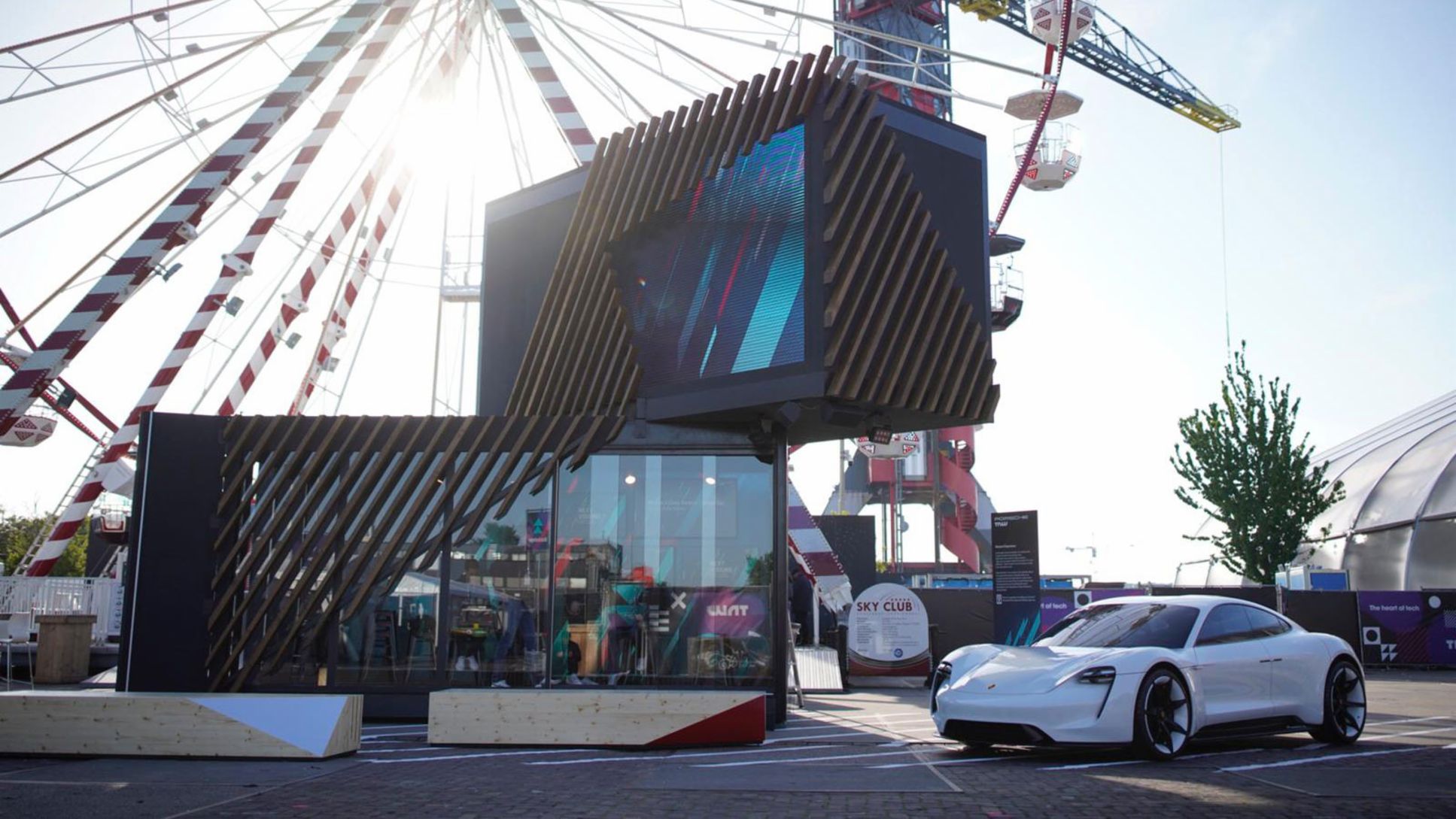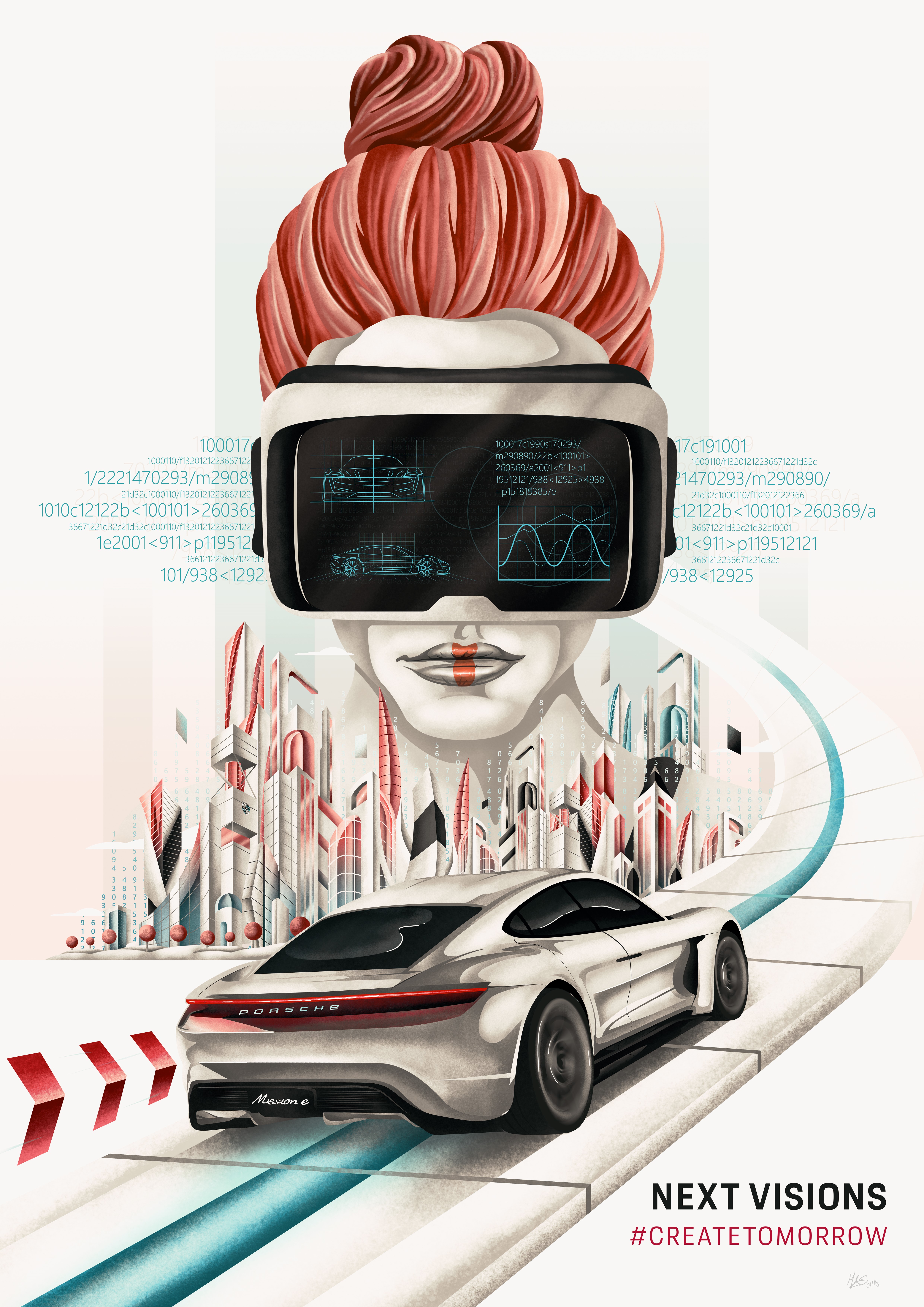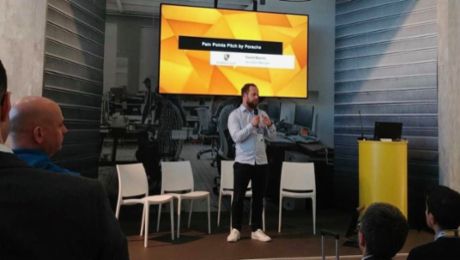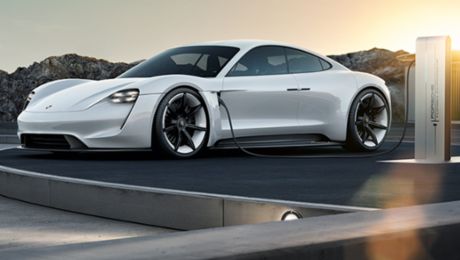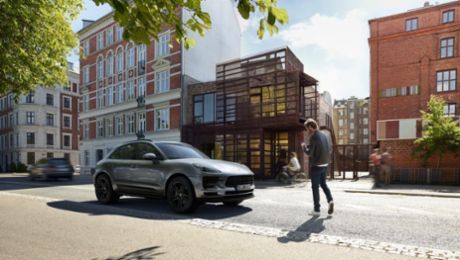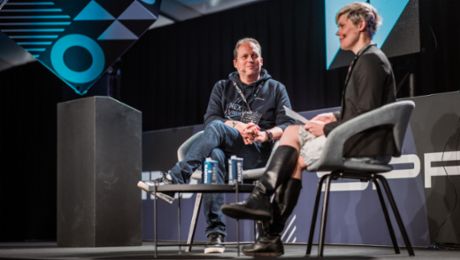Cities are the states of tomorrow
It is clear that cities are the states of tomorrow. More and more people around the world live in cities, turning them into powerful players and problem solvers in a globalised world. But cities are more than places — through new forms of networking and mobility, urbanity is becoming a megatrend of our time and determines new forms of living and thinking. A few facts?
In 1950, almost 30 percent of the world’s population lived in cities; today there are around 40 megacities with more than 10 million inhabitants — many of them on their way to becoming “Giga-Cities” with more than 100 million inhabitants. Gigantic figures — and in Germany, the degree of urbanization is already 74 percent. The challenge for all of us is to optimize existing urban structures — because rapidly growing multi-metropolises are becoming a global task for the future in order to improve the quality of life and build cities for people. Multi- and intermodal mobility is a central prerequisite for citizens’ need for healthier and more sustainable cities.
Electrification as a driver of quality of life
Hardly any other technology is so closely interwoven with the design and quality of life of the city as the automobile. For more than 70 years, Porsche has been a key player in the development of modern sports cars — today and in the future it is important to assume responsibility, not only for the construction of sports cars, but also for sporting mobility, especially when we speak of cities worth living for people. If we want to put the future on the road, new technologies, new products, new competitors, new customers and new rules apply. We are experiencing an evolution of mobility — constant networking, 5G technology and electrification — all of which happen in unison and, if you like to put it that way, at full speed.
The trends of our time can no longer be reversed and are accelerating. This applies in particular to electrification. For example, the number of legal environmental requirements is increasing rapidly — not only in Europe, but also in China and the USA — and they are so ambitious that they can no longer be met with a conventionally powered vehicle fleet even with all research and development work.
For us at Porsche, increasing investment in electric mobility and sustainable, sporty mobility from three billion to six billion is therefore a logical consequence. From 2030, there will very probably be no Porsche vehicle model without an electric variant; in autumn 2019, the first all-electric Porsche, the Taycan, will appear. We assume that by 2025 we will have electrified significantly more than 50 percent of the entire Porsche range.
Next Visions by Moritz Adam Schmitt
This year we shared these visions for the first time together with our partners at the re:publica in Berlin and the #TNW2019 in Amsterdam — and wrote down our learnings and different perspectives on our blog. And of course many visitors could enjoy themselves of a very special masterpiece at our booth: this illustration of #NextVisions by German graphic designer Moritz Adam Schmitt:
Who is Moritz Adam Schmitt?
Moritz came via detours to his absolute dream job. He has been drawing passionately ever since he can think. When he discovered Adobe Photoshop in 2007, he deepened his skills by developing photo composings and photo manipulations. He began studying media design and soon realized that Adobe Illustrator was essential for him as a budding illustrator with his idiosyncratic style.
“Right at the beginning of my illustrator career, working for such big names as Microsoft and Adobe gave me the confidence to put all my energy and hope into the illustration profession.” Since 2017 he has been working as a freelance illustrator and is grateful to have turned his passion into his profession. He uses digital techniques to create his illustrations for both commissioned and freelance work. He began with flat illustrations, which he developed over time, becoming more detailed and complex.
And because Moritz Adam Schmitt is quickly bored, this drives him to constantly try out new things and expand his skills. Enthusiasm and an impulse to think trigger new illustrations for the young designer — for example his next visions that Moritz shares with us and the visitors of #rp19.
